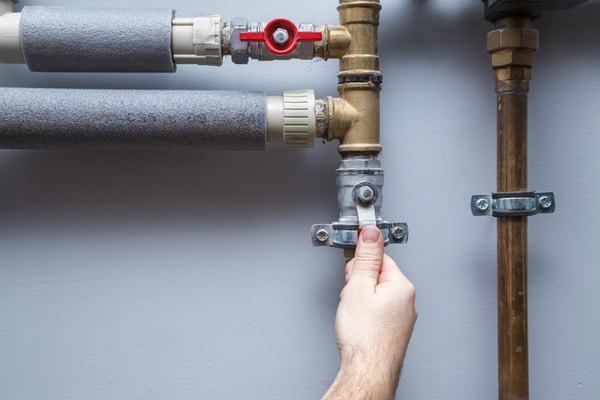
To do that, the boundary filaments must stretch, and those springs store an energy of ΔG = kx 2/2, where k is the stiffness of the filament and x is the displacement from rest. If we want to transfer water into the open regions of the sponge, we have to expand them. The figure shows open (water-filled) regions surrounded by filaments, and like all materials, the filaments are elastic. Let’s look at a picture of a sponge ( Fig.

In the Appendix, we present an analysis of a swollen cell, demonstrating that the elastic energy stored in the cytoskeleton is much larger than that in the cell cortex. The second law describes the mechanics of the matrix under the combined action of forces in the sponge network and the hydrostatic pressure in the pores. Modeling poroelasticity combines two laws: Darcy’s law describes the fluid motion and pressure in a porous medium ( Whitaker, 1986) and states that the fluid velocity is proportional to the pressure gradient, the fluid viscosity, and the material’s ability to disrupt the flow. This includes cells ( Mitchison et al., 2008), bone ( Cowin, 1999), collagen ( Chandran and Barocas, 2004), and soil ( Deresiewicz and Skalak, 1963 Wang, 2000b). Poroelasticity is a common model for inhomogeneous materials containing fluids. When an external load is applied sponge, the fluid filled pores of the sponge experience a change in pressure, and this leads to fluid flow causing deformation of the elastic skeleton of the sponge. Poroelasticity describes the interaction between fluid flow and solid deformation within a porous medium.


 0 kommentar(er)
0 kommentar(er)
